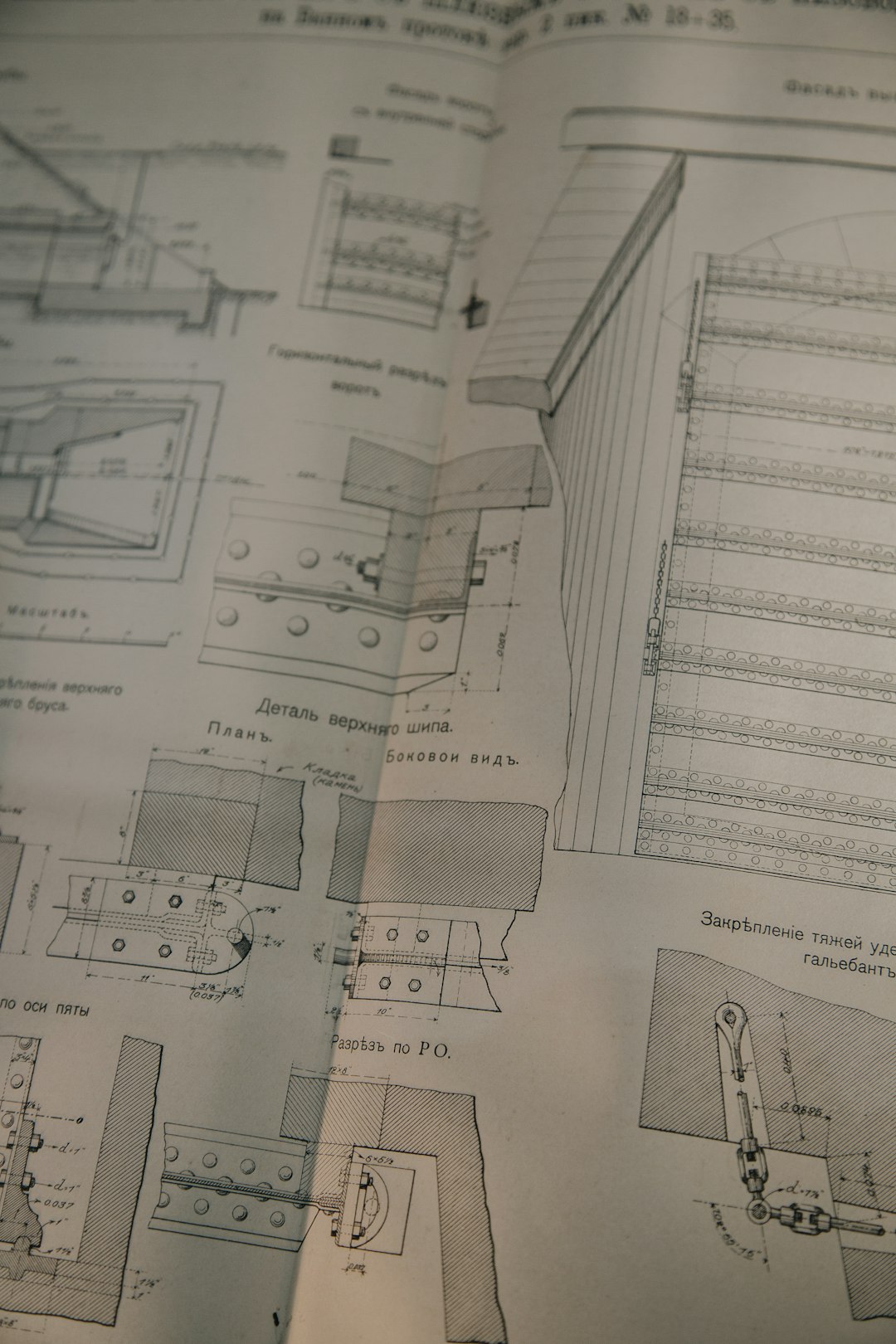
Flux capacitor metaphors in tech writing
In the realm of tech writing, metaphors serve as bridges — connecting arcane or highly technical concepts to more approachable and tangible ideas. Among the many metaphors adopted from pop culture, the flux capacitor from the beloved Back to the Future franchise holds a special place. Originally conceived as the fictional component that enabled time travel in Doc Brown’s DeLorean, the flux capacitor has since transcended its cinematic roots to become a recurring metaphor in technical discussions, product marketing, and developer culture.
Contents
- 1 What is the Flux Capacitor?
- 2 Why It Resonates in Tech Culture
- 3 Common Flux Capacitor Metaphors in Tech Writing
- 4 Case Studies: Flux Capacitor in Real Products
- 5 When to Use (and Not Use) the Flux Capacitor Metaphor
- 6 The Limits and Evolution of the Metaphor
- 7 Beyond the Flux Capacitor: Other Pop Culture Tech Metaphors
- 8 Conclusion
What is the Flux Capacitor?
For those unfamiliar, the flux capacitor is the time-bending core of the DeLorean time machine — described by Doc Brown as “what makes time travel possible.” While completely fictional, it’s visualized as a Y-shaped tri-node device pulsating with raw, futuristic energy, triggered only with the precise application of 1.21 gigawatts of power and a speed of 88 mph.
Its distinctive appearance and mysterious function make it ripe for metaphorical application — especially in tech environments that thrive on both invention and nostalgia.
Why It Resonates in Tech Culture
Tech professionals — from software engineers to systems architects — often rely on quick, culturally-anchored metaphors to explain complex systems. The flux capacitor provides several useful linguistic and symbolic functions:
- It represents powerful, central mechanisms: Much like the flux capacitor enables time travel, innovative technology solutions often revolve around one transformative core feature.
- It implies complexity and futuristic technology: When developers describe a black-box component jokingly as a flux capacitor, they acknowledge its importance while admitting the details might be over most people’s heads.
- It evokes nostalgia and creativity: Referencing 80s pop culture in serious tech discussions adds a layer of whimsy and relatability, especially in environments that value creativity and out-of-the-box thinking.
Common Flux Capacitor Metaphors in Tech Writing
While the metaphor may seem arbitrary at first glance, it actually proliferates across various domains in the tech ecosystem. Here are some of the most common applications:
1. The “Magic Box” Component
In complex software architectures, diagrams or explanations might reference one component that seems to solve a major problem without clearly revealing how. Instead of delving into unnecessary details — or when the function is proprietary or too technical — writers may call it the “flux capacitor” of the system.
This usage acknowledges that this part is both essential and somehow “magical” in implementation, while adding comic relief or cultural flair.
2. Next-Gen Features
Marketing teams love metaphors that communicate cutting-edge technology without requiring a user to have a computer science degree. Promoting a new feature as the platform’s “flux capacitor” implies it’s revolutionary and central to the tech stack’s new capabilities — even if it doesn’t literally allow time travel.
3. Developer Humor and Documentation
GitHub repositories, internal documentation, and even official API guides occasionally feature tongue-in-cheek references like “Insert flux capacitor here” when highlighting future features or mysterious modules.
Example from a README file:
function enableTimeSync() {
// TODO: Integrate flux capacitor
return new Promise(resolve => setTimeout(resolve, 3000));
}
Case Studies: Flux Capacitor in Real Products
Some organizations have gone beyond metaphor and embedded the idea of the flux capacitor directly into naming conventions or feature branding. These real-life instances show how much the metaphor has permeated tech culture:
- Netflix: The company once used “flux” as the name for its now-defunct open-source stream-processing engine, built for real-time computation. While the naming likely had broader implications, its association with movement and transformation held subtle ties to the flux capacitor’s purpose.
- Walmart Labs: Internally referred to one of their fast-deployment infrastructure tools as the “flux-engine” — borrowing from time travel metaphors to emphasize speed and transformation in updates.
- Various Hackathons: Many team projects over the years have used “FluxCap”, “CapTime”, or “1.21Boost” as playful names for futuristic or AI-driven solutions.

When to Use (and Not Use) the Flux Capacitor Metaphor
While it’s a fun and often illuminating metaphor, the flux capacitor shouldn’t be used carelessly. Technical writing is ultimately about clarity. Here are a few guidelines to consider:
Ideal Situations
- Internal Explainers: Use it to engage engineers and developers during internal presentations.
- Blog Posts and Evangelism: Helps simplify complex topics for semi-technical audiences.
- Hackathons and Demos: Great for injecting personality into a temporary or fun project.
Best to Avoid
- User-Facing Documentation: End-users looking for support or detailed setup instructions might find the joke unhelpful or confusing.
- Formal Whitepapers: Unless framed appropriately, references to fictional devices could undermine credibility.
- International Audiences: Cultural references may not translate well across all languages and demographics.
The Limits and Evolution of the Metaphor
The flux capacitor is a great example of how science fiction shapes our understanding of real science and technology. But as with all metaphors, its effectiveness has a lifespan. Overuse can dilute its impact, and as tech culture ages, younger generations may not connect with the Back to the Future reference as readily.
That said, the adaptable nature of the metaphor allows it to be reinvented. As long as developers continue to seek creative ways to encapsulate complex ideas, the flux capacitor may evolve — perhaps to include new interpretations relevant to AI, quantum computing, or decentralized systems.

Beyond the Flux Capacitor: Other Pop Culture Tech Metaphors
Flux capacitors aren’t alone. The tech industry frequently borrows from pop culture to create metaphors that help explain elusive ideas. A few notable examples include:
- The Matrix: Used to describe data environments or epistemological debates about virtual reality.
- The Death Star: Often used metaphorically to refer to powerful, centralized systems (usually with a hint of malevolence).
- Skynet: Invoked during conversations around AI and existential risk.
- Holodeck: A metaphor for immersive user experience or VR systems.
These metaphors reflect not only shared cultural experiences but also the imaginative mindset of the people driving innovation in tech.
Conclusion
The flux capacitor may be entirely fictional, but its metaphorical power in tech writing is very real. It distills complicated systems into a single, vivid image that conveys function, ingenuity, and a bit of humor. Whether you’re trying to describe a core algorithm, a revolutionary feature, or a mysterious system module, the flux capacitor remains a potent metaphorical tool in the modern technical writer’s arsenal.
So next time you’re struggling to explain what “really makes this thing tick” — don’t be surprised if someone chimes in with a grin: “It’s the flux capacitor, obviously.”

